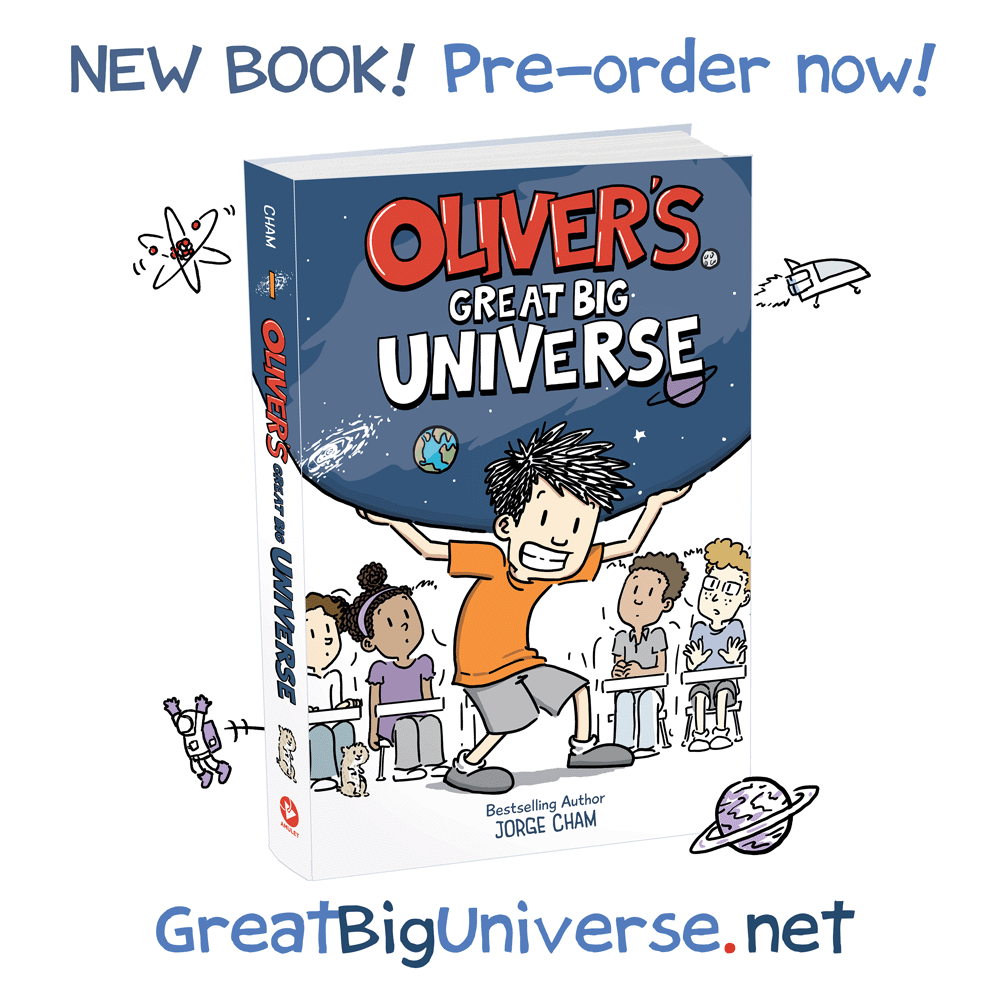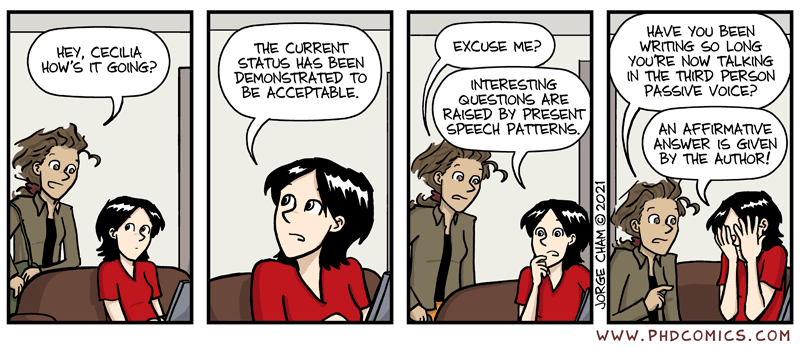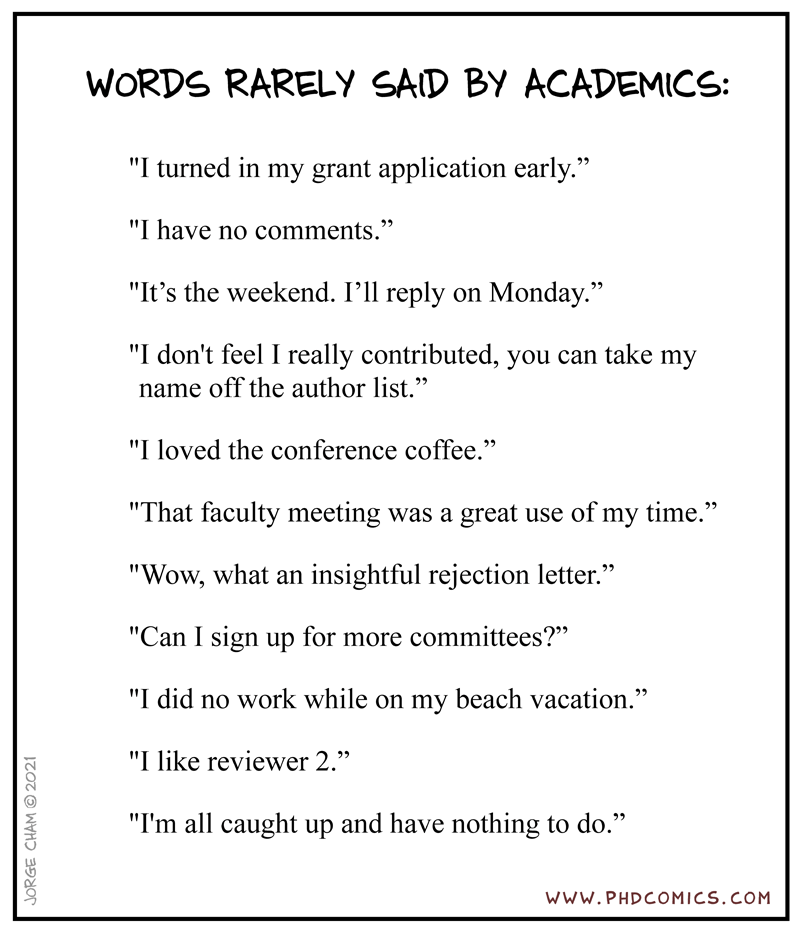I conducted my PhD at the Soil-Agronomy-hydroSystem research unit, with the collaboration and the supervision of Pr Christian Walter, Dr Patrick Durand and Dr Valérie Viaud.
Soutenance de thèse - PhD defense

![]() j'ai soutenu ma thèse de doctorat le 16 juin 2008 à Agrocampus-Rennes
j'ai soutenu ma thèse de doctorat le 16 juin 2008 à Agrocampus-Rennes
![]() I defended my PhD thesis on the 16th June 2008 at Agrocampus-Rennes
I defended my PhD thesis on the 16th June 2008 at Agrocampus-Rennes
Qualscape: a platform for dynamic virtual landscapes
The aim of my PhD was to develop the concept of virtual landscape in an agronomical context, in order to assess the impact of manure management practices on soil and water quality.
What is a virtual landscape? What is it for?

| The Kervidy catchment (France, 56) |
A virtual landscape can be defined as a landscape whose characteristics and evolution processes have been modeled. Characteristics can be such as: altitude, land cover, hydraulic properties, soil layers, etc. And processes can be such as: materials and water movements, landuse change, bio-geo-chemical transformations, etc.).
On the right, you can see a 3D representation of the Kervidy catchment (elevation is exagerated 5 times), which served as a basis to design new landscapes (new physical and agicultural configurations, alternative evolution processes) and to assess the subsequent environmental impacts. This catchment is located in Morbihan (France), its area is 5 km2.
As for other modeling research activities, virtual landscapes can be used for the following purposes...
- to integrate various processes, to test and validate the reliability of their interactions,
- to outsmart technical issues by simulating what would be impossible to experiment due to: a high financial cost, a long duration, the experiment which would be too destructive, etc.
- to test and compare new scenarios or for prospective purposes.
To put it in a nutshell, modeling is one innovative way to build new tools to access new knowledges.
The Qualscape platform
Qualscape is a set of softwares which purpose is to simulate virtual landscapes in order to assess the environmental impact of agricultural practices, such as fertilizing with organic materials like manures. This virtual landscape plateform is made of the following components (illustrated in the organigram below)...

- the physical landscape designer: the main module of this component co-simulate spatial distributions of various soil compound contents (organic matter, phosphorous, nitrogen) from variograms and co-variograms. It is based on the gStat package (Pebesma, 2004) of R. This module can also be used to simulate soil depth through the same means;
- the agricultural landscape designer: two modules were designed to stochastically simulate the agricultural landuse rotations (both of them can be specific to types of farming production like dairy cows, pigs, etc.):
- Rotomatrix uses Markov probability matrices to simulate landuse transitions (Walter et al., 2003)
- Stochastree implements a new type of stochastic decision trees which simulates landuse transitions by considering various constraints: the distance between the field and its farmstead, the field area, the soil hydromorphy, the preceeding landuse, etc.
- TNT2 is an integrated hydrological and nitrogen model (Beaujouan et al., 2002), spatialized and process-based. It integrates formalisms from TOPMODEL to model hydrological processes, and from STICS to simulate agricultural crops growth and nitrogen intakes;
- the soil phosphorous model: it is an adaptation of Vadas et al., 2006, which was spatialized and implemented at a daily timestep;
- the outputs analysis module produces sets of indicators to evaluate the spatio-temporal virtual landscape, and the evolution of soil and water quality.
Publications
Peer-reviewed papers
Submitted...
Scientific reports
- V. Souchère, L. Sorel, A. Couturier, Y. Le Bissonnais et O. Cerdan, 2004. Application du modèle STREAM à l'échelle d'un bassin versant au cours d'un cycle hydrologique. PIREN Seine. read the report
- L. Sorel, 2002. Design and implementation of a GIS-based hydrological model. A case study using ArcView 3.2 for a semi urbanised watershed in Chilliwack City, British Columbia, Canada. IRE, now IRES. read the report
Congress communications
- L. Sorel, C. Walter, P. Durand, V. Viaud, 2008. Stochastree, a crop transition model based on stochastic decision trees,which integrates agronomic constraints. Landscape simulation modeling, Colloque RTP. Modé paysagère spatialisée, June 3-5 2008, Toulouse, France. on-line short summary (bilingual), watch the slideshow (English)
- L. Sorel, C. Walter, T. Chauvet, A. McBratney, 2006. Sampling design assessment for agrosystem monitoring based on virtual landscape modelling. Application to soil phosphorus content. Session 1.5B Soil Sampling in Space and Time, 18th World Congress of Soil Science Congress, July 9-15 2006 - Philadelphia, Pennsylvania, USA. watch the slideshow
- L. Sorel, C. Walter, P. Durand, 2006. Integration of human and natural processes in the evaluation of the environmental impact of manure management - Focus on land use spatial structure and evolution through time. Commission 2 - Modeling, Nature-Society Interactions: analysis and models. LETG International symposium, May 3-5 2006, La Baule, France. on-line short summary (French), watch the slideshow (English)
- L. Sorel, O. Cerdan, V. Souchère, Y. Le Bissonnais et A. Couturier, 2005. Overland flow and soil erosion modelling on cultivated catchment (100-1000km2 ) at the cultural year scale. Session HS41 Erosion and sediment yield modelling at large basin scales. EGU General Assembly 2005, Geophysical Research Abstracts, vol. 7. April 24-29 2005 - Vienna, Austria. AT.EGU05-A-05618. watch the poster
Reflexive communications on research
These communications are related to the research system itself. As mentionned in my resume, during my doctoral research contract, I've been involved in early-stage researcher associations (webmaster, then president of DocAIR, project coordinator of CJC), and thus interacted as a doctoral representant with INRA's scientific council and VAS doctoral institute. Both associations communicate and organize information events to promote researchers' professional skills. Below are some communications about these concerns, in which I've been involved:
- L. Sorel, 2007. Wiki - vers une Recherche 2.0 ?. « Vite, vite, wikis : usages professionnels des wikis ». Granit - Forum Grafotech Web 2.0, December 04 2007. watch the slideshow
- L. Sorel (c/o DocAIR), 2007. L'écosystème doctoral du jeune chercheur. Presentation of the doctoral research ecosystem for a Moldavian academic delegation, November 19 2007. watch the slideshow
- Groupe de travail « jeunes chercheurs » rennais, 2007. Compte-rendu de la table ronde « jeunes chercheurs » du 29/08/07 à l'initiative de Mme Valérie Pécresse, ministre de l'enseignement supérieur et de la recherche. Collective report, August 29 2007. read the report
- L. Sorel (c/o DocAIR, ex-ATIR), 2006. Le nouveau doctorat, les enjeux du professionnalisme. Journées des doctorants 2006, UMR SAS INRA-Agrocampus Rennes, November 30 2006. watch the slideshow
University of Iceland reports
Here are some reports I wrote during my Erasmus exchange programme in Iceland, which I wanted to make available to you, although they probably don't deserve to be included in the "Publications" section of a research page! :-)

- Luc Sorel, 2001. Climatic changes, the Norsemen and the modern man. Reconstructing quaternary environment. Department of Earth Science, Faculty of Science, University of Iceland. read the report
- Luc Sorel, 2001. The influence of Icelandic literature on the work of J.R.R. Tolkien. Highlights of Icelandic literature in translation. Faculty of Arts, University of Iceland. read the report
PHD comics
Having been through the PhD experience, I wouldn't let you leave this research webpage without introducing you to the hilarious PHD Comics cartoon by Jorge Cham that illustrates "the life (or the lack thereof)" in Academia of early-stage researchers.
It often depicts the heavy stereotypes of the research system (some obsolete behaviors of old-fashioned academics?) rather than the state-of-the-art results produced in our research units :) ! Below are the last 4 strips or items you can find in the PHD Comics feed. Enjoy!
| Piled Higher & Deeper by Jorge Cham |
www.phdcomics.com
|
|
 |
||
|
title:
"NEW BOOK! Out of Your Mind!" - originally published
1/15/2021
For the latest news in PHD Comics, CLICK HERE! |
||
| Piled Higher & Deeper by Jorge Cham |
www.phdcomics.com
|
|
 |
||
|
title:
"New Book! Oliver's Great Big Universe!" - originally published
8/31/2023
For the latest news in PHD Comics, CLICK HERE! |
||
| Piled Higher & Deeper by Jorge Cham |
www.phdcomics.com
|
|
 |
||
|
title:
"Current Status" - originally published
10/22/2021
For the latest news in PHD Comics, CLICK HERE! |
||
| Piled Higher & Deeper by Jorge Cham |
www.phdcomics.com
|
|
 |
||
|
title:
"...Said No Academic Ever." - originally published
9/24/2021
For the latest news in PHD Comics, CLICK HERE! |
||
Last update of the research page: 11 May 2014-18:44.